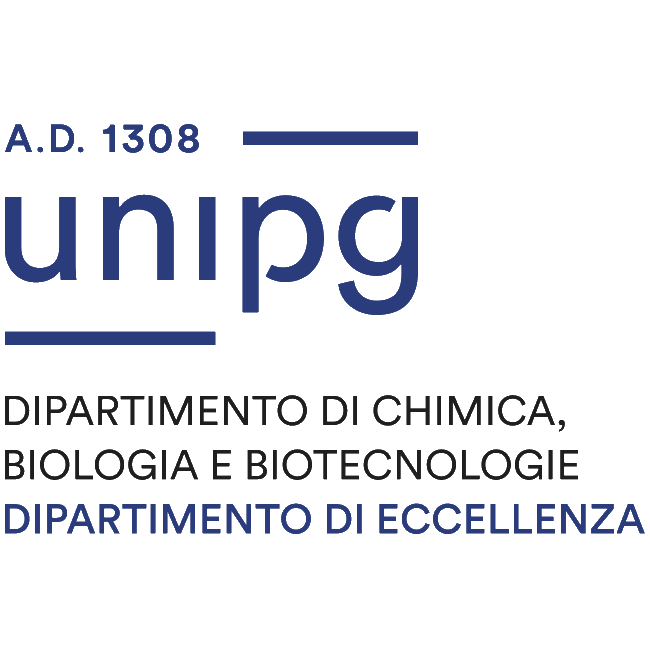Research area: Dr. Catacuzzeno’s research is focused on ion channels, plasmamembrane proteins that allow the passage of ions inside or outside of the cells. More specifically, he works on two themes: 1) Study of the pathophysiological consequences of ion channel activity; 2) Study of the structure-function relationship in ion channels. The research is mainly developed with the use of the patch-clamp technique for the recording of ionic currents mediated by ion channels or the membrane potential dynamics, and the use of the C/C++ programing language for the setup of theoretical models.
Specific research objectives
Study of the pathophysiological consequences of the ion channel activity
A research focus of Dr. Catacuzzeno is the study of the role of ion channels in the pathophysiology of the glioblastoma, a highly invasive brain tumor. More specifically, glioblastoma cells express ion channels different for typology and expression level from those expressed by normal brain cells. Based on this evidence, he’s trying to understand if this differential expression might be important in the tumor malignance. His data indicate that tumor ion channels are indeed used in cell migration, a process relevant for the high invasiveness of this tumor, that allow tumor cells to invade other regions of the brain. Because of this process surgery becomes mostly unsuccessful to fight this type of tumor. He also discovered that several agents typical of the tumor microenvironment (such as serum proteins that enters in contact with tumor cells and the hypoxic environment) are able to influence the tumor aggressivity by modulating the activity of ion channels. Some publications dealing with this research topic can be found here:
https://1drv.ms/u/s!AjWngFROhqXvgeoTSSB4FiDJ7R0wAw?e=Zxp4lH
Study of the structure-function relationship in ion channels
Since 1998 it has been possible to obtain the atomic structure of ion channels through the use of experimental techniques such as crystallography and, more recently, cryo electron microscopy. It is thus possible to study in detail the mechanism through which ion channel structure give rise to two important functions: gating, that is their ability to open and close in response to physical and chemical stimuli, and selective permeation, that is the ability of ion channels to allow a highly efficient passage of some ions while excluding other ions at the same time. On the base of these premises, a research activity of Dr. Catacuzzeno consists in building theoretical models that elucidate the physical mechanisms at the base of ion channel behavior by considering their structural properties and the laws of electrodynamics. To this end Dr. Catacuzzeno applies to the crystallographic structures of ion channels the molecular dynamics technique, that predict the movement of protein and ionic atoms. He uses in addition more macroscopic theoretical models such as the Langevin and the Brownian dynamics, in order to predict experimentally testable quantities. Some publications dealing with this research can be found here:






